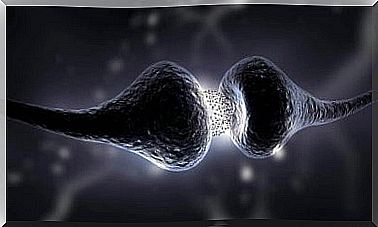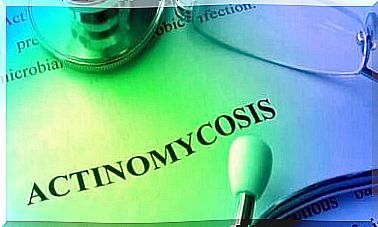Best Moves To Calm The Sciatic Nerve
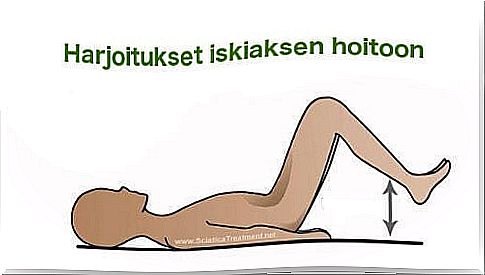
Sciatica pain is a very uncomfortable affliction and may prevent a person from doing their daily routine. It may also take up to 8 weeks. However, if the right treatment is followed and appropriate exercise is practiced, the pain can be reduced and it can also be completely eliminated in a shorter time.
So in this article, we talk about reducing the pain caused by the sciatic nerve through exercise – read more and use the best movements to calm the sciatic nerve!
Movements suitable for those suffering from sciatica
Although people often rest for a few days when sciatica strikes, a good exercise routine is always the right way to treat this problem. For this purpose, you should choose the right movements that will improve the effort so that the pain is reduced day by day.
While rest may reduce pain momentarily, a long period of inactivity may exacerbate the situation. Therefore, during sciatica pain, it is important to keep yourself moving and to exercise essential areas of the body. In this way, the back and spinal discs can be rehabilitated in the best way.

If you go to the doctor because of pain, you will probably get a referral to a physiotherapist depending on how serious your problem is. You should also do a few movements at home, which can be a very good help in reducing pain as well as eliminating the problem. It is best to follow the exercise program we present here – so keep reading if the sciatic nerve is bothering you or you want to prepare in the best way for possible future problems!
Movements that improve muscle strength
Movements that help increase the strength of the abdominal muscles as well as improve the back muscles, provide support to the back and alleviate the pain caused by the sciatic nerve. In this situation, the patient must follow a gentle exercise program that strengthens the essential areas, as well as perform stretching movements that quickly relieve the pain caused by the sciatic nerve.
Movements should be selected based on diagnosis
If you go to an expert, he or she can give you a training program that is tailored to you and your condition. Such a condition can be, for example, a pelvic interstitial hernia or spinal stenosis. In this sense, it is therefore important to take the diagnosis as a starting point for treatment, as inappropriate exercise may even exacerbate sciatica as well as prolong the duration of the problem.
Stretching movements
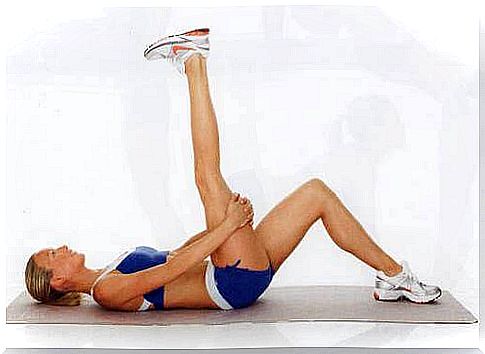
A good exercise routine for treating sciatica pain — regardless of what causes the pain — should be accompanied by the following stretching movements:
Sciatic nerve care movements
As we have already mentioned, it is best to follow an exercise program that is appropriate for the cause of the sciatica. With this in mind, we recommend the following movements to relieve the pain produced by the sciatic nerve:
If the sciatica is caused by a disc herniation, make the following movements:
- Stretching movements
- Back bending movements
- Movements that bend the upper back
- Sit-ups round or abdominal flexions with the aim of strengthening the abdominal muscles
If sciatica is caused by spinal stenosis:
- Back bending movements
- Stepping up
- Sit up ascends round or abdominal flexions
If the sciatic pain is due to disc degeneration:
- Stepping up
- Bridge movements
Aerobic movements causing low strain
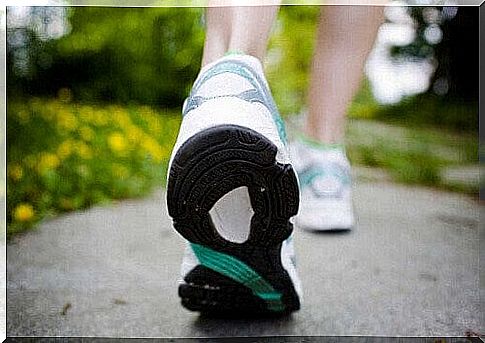
In addition to starting to do the movements we described above, it would be a good idea to include some aerobic exercise as well. This will help you to eliminate the problem and improve the health of your body in general.
One of the best forms of exercise for lower back care is simply walking. If you do this for about 30 minutes each day, you will be able to get the same benefits as a full aerobic exercise class would provide. As the pain produced by the sciatic nerve decreases, you can increase the amount of aerobic exercise by including cycling, jogging, or strenuous walking.
Remember these things about sciatica too!
- It is very important that you do the movements correctly, otherwise they may even make your problem worse. In general, we recommend starting the internship under the supervision of an expert – here a physiotherapist, chiropractor or physiotherapist can help you.
- You should keep your body in the right position for the sciatic nerve as you walk and sit.
- Avoid excessive calorie intake, as being overweight can make this back problem worse.
So if you have ever suffered from the pain produced by the sciatic nerve, or if you just want to be prepared for possible future problems, make a note of these easy instructions to calm your sciatic nerve with exercise!
